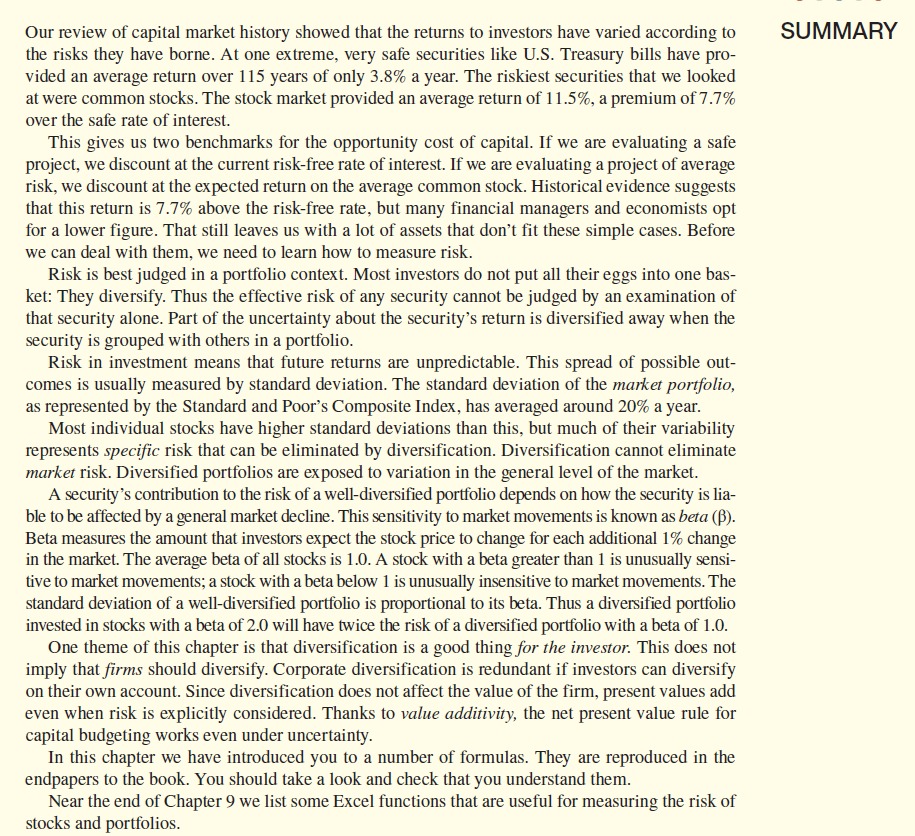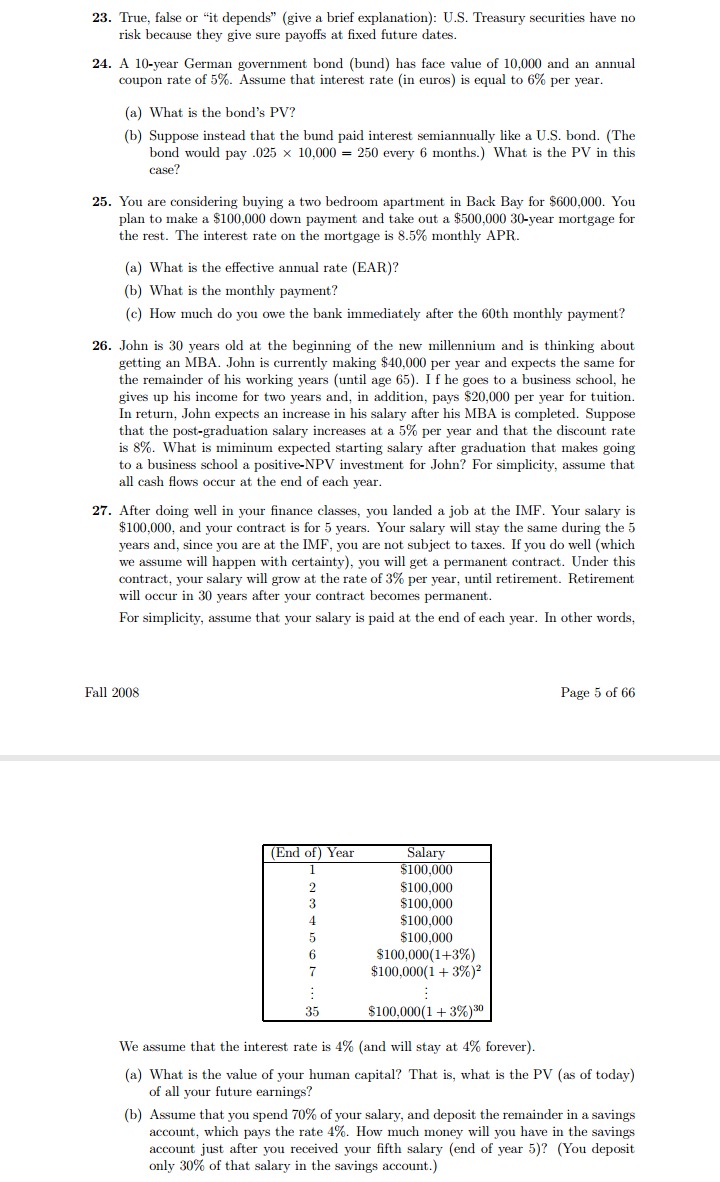

:Answer the following questions correctly.
. The Solow Neoclassical Growth Model is considered as a basic reference model on growth and development.
The Solow model implies that "economies will conditionally converge to the same level of income if they have the same rate of saving, depreciation, labor force growth, and productivity growth."
Explain, with the help of diagrams, equations and economic theory, why the Solow model is considered as the basic framework for the study of convergence across countries.
2. Compare and contrast the three basic types of planning models: aggregate growth models, input-output analysis, and project appraisal. What are some of the strengths and weaknesses of these models from the standpoint of planning in developing nations?
Support your answer with examples, equations, and diagrams.
Question 2
Solow- Swan Model.
a) You will demonstrate the importance of diminishing returns to capital in the Solow-Swan model.
Draw a Solow-Swan diagram in which there are constant returns to capital. This would happen if the production function were Yt = AKt, where A = 1. Furthermore, assume that the sum of population growth and the depreciation rate is greater than the saving rate. Does the economy converge to a steady state in this case? To answer this question, you should draw a Solow-Swan diagram in terms of output per person, as we did in class. Use this diagram to explain why the economy converges to a steady state or not.
b) Assume, instead, that the sum of population growth and the depreciation rate is equal to the saving rate. Are there steady states? If yes, what are the steady states capital per person?
Our review of capital market history showed that the returns to investors have varied according to the risks they have borne. At one extreme, very safe securities like US. Treasury bills have pro- vided an average return over 115 years of only 3.3% a year. The riskiest securities that we looked at were common stocks. The stock market provided an average return of 11.5%. a premium of 7 1% over the safe rate of interest. This gives us two benchmarks for the opportunity cost of capital. If we are evaluating a safe project, we discount at the current risk~free rate of interest. If we are evaluating a project of average risk, we discount at the expected return on the average common stock. Historical evidence suggests that this return is 73% above the risk~free rate. but many nancial managers and economists opt for a lower figure. That still leaves us with a lot of assets that don't t these simple cases. Before we can deal with them, we need to learn how to measure risk. Risk is bestjudged in a portfolio context. Most investors do not put all their eggs into one bas~ ket: They diversify. Thus the effective risk of any security cannot be judged by an examination of that security alone. Part of the uncertainty about the security's return is diversified away when the security is grouped with others in a portfolio. Risk in investment means that future returns are unpredictable. This spread of possible out~ comes is usually measured by standard deviation. The standard deviation of the marker portafic. as represented by the Standard and Poor's Composite Index, has averaged around 26% a year. Most individual stocks have higher standard deviations than this, but much of their variability represents specific risk that can be eliminated by diversification. Diversication cannot eliminate market risk. Diversied portfolios are exposed to variation in the general level of the market. A security 's contribution to the risk of a well-diversified portfolio depends on how the security is lia ble to be affected by a general market decline. This sensitivity to market movements is known as berg (). Beta measures the amount that investors expect the stock price to change for each additional 1% change inthe markeLTheaverage betaofall stocksis 1.0.11 shackwilhabetagreaterthan 1 is unusually sensi tive to market movements; a stock with a beta below 1 is unusually insensitive to market movements. The standard deviation of a well~diversied portfolio is proportional to its beta. Thus a diversified portfolio invested in stocks with a beta of 2.0 will have twice the risk of a diversied portfolio with a beta of 1.0. One theme of this chapter is that diversification is a good thing n- rhe investor This does not imply that rms should diversify. Corporate diversication is redundant if investors can diversify on their own account. Since diversication does not affect the value of the rm. present values add even when risk is explicitly considered. Thanks to value additiviry. the net present value rule for capital budgeting works even under uncertainty. In this chapter we have introduced you to a number of formulas. They are reproduced in the endpapers to the book. You should take a look and check that you understand them. Near the end of Chapter 9 we list some Excel functions that are useful for measuring the risk of stocks and portfolios. SUMMARY 25 . . True, false or \"it depends\" (give a brief explanation): US. Treasury securities have no risk because they give sure payoffs at xed future dates. . A 10-year German government bond [bond] has face value of 101% and an annual coupon rate of 5%. Assmne that interest rate [in euros] is equal to 0% per year. [a] 'What is the boud's PU? [b] Suppose instead that the bond paid interest semiannually lilee a US. bond. [The bond would pay .025 x 10,000 = 250 every ti months} What is the PV in this case? You are considering buying a two bedroom apartment in Back Bay for $000,000. You plan to males a $100,000 down payment and talie out a $500,000 30-year mortgage tor the rest. The interest rate on the mortgage is 8.5% monthly APR. {a} min is the eiective annual rate {can}? [bl What is the mnnthly payment? (c) How much do you owe the ban]: immediately after the 00th monthly payment? . John is 30 years old at the beginning of the new millennium and is thinking about getting an MBA. John is currently making $40,000 per year and expects the same for the remainder of his working years (until age 65]. I i" he goes to a. business school, he gives up his income for two years and1 in addition, pays 520.000 per year for tuition. In return1 John Expects an increase in his salary after his MBA is completed. Suppose that the post-graduation salary increases at a 5% per year and that the discount rate is 8%. What is miminum Expected starting salary after graduation that males; going to a business school a positive-NPV investment for John? For simmicity, assume that all cash ows occur at the end of each year. After doing well in your nance classes, you landed a job at the IMF. Your salary is $100,000. and your contract is for 5 years. Your salary will stay the same during the 5 years and, since you are at the IMP, you are not subject to taxes. If you do well [which we assume will happen with certainty}, you will get a. permanent contract. Under this contract. your salary will grow at the rate of 3%. per year. until retirement. Retirement will occur in 30 years after your contract becomes permanent. For simplicity, assume that your salary is paid at the end of each year. In other words1 Fall 2003 Pass 5 of 05 sweommast} nonunion + 3%)\" $100,003 + 3%)\" We assume that the interest rate is 4% (and will stay at 4% forever}. {a} What is the value of your Inwau capital? That is, what is the PV (as of today] of all your future earnings? [bi Assume that you spend 70% of your salary, and deposit the remainder 'm a savings account1 which pays the rate 4%. How much money will you have in the savings account just after you received your fth salary {end of year 5]? [You deposit only 30% of that salary in the sayings account.)










